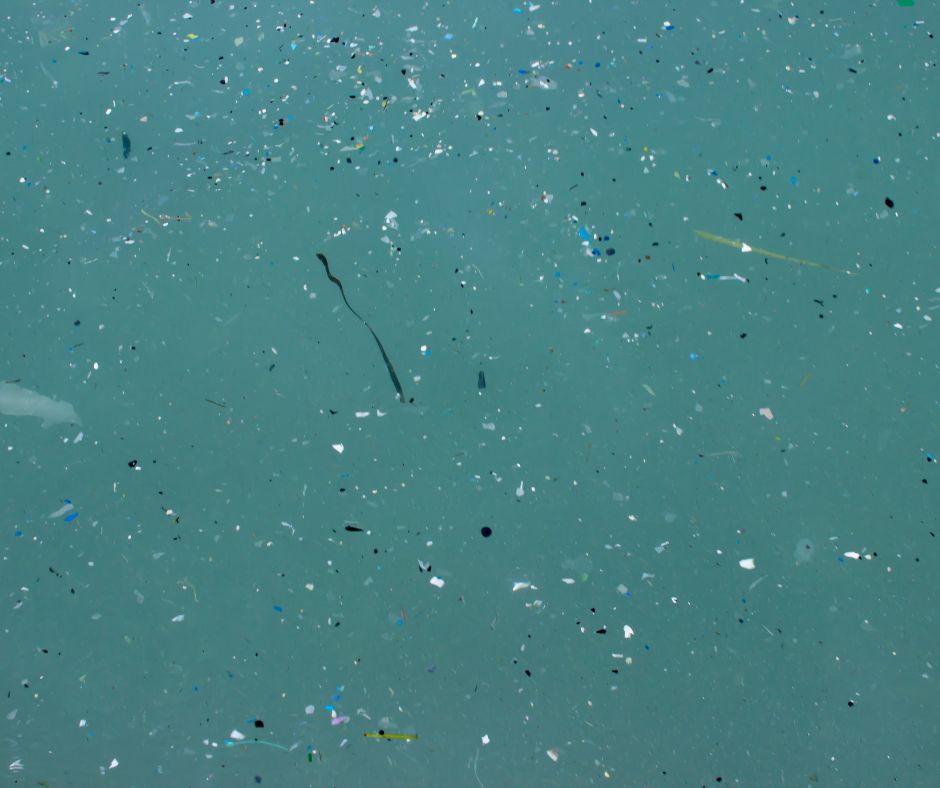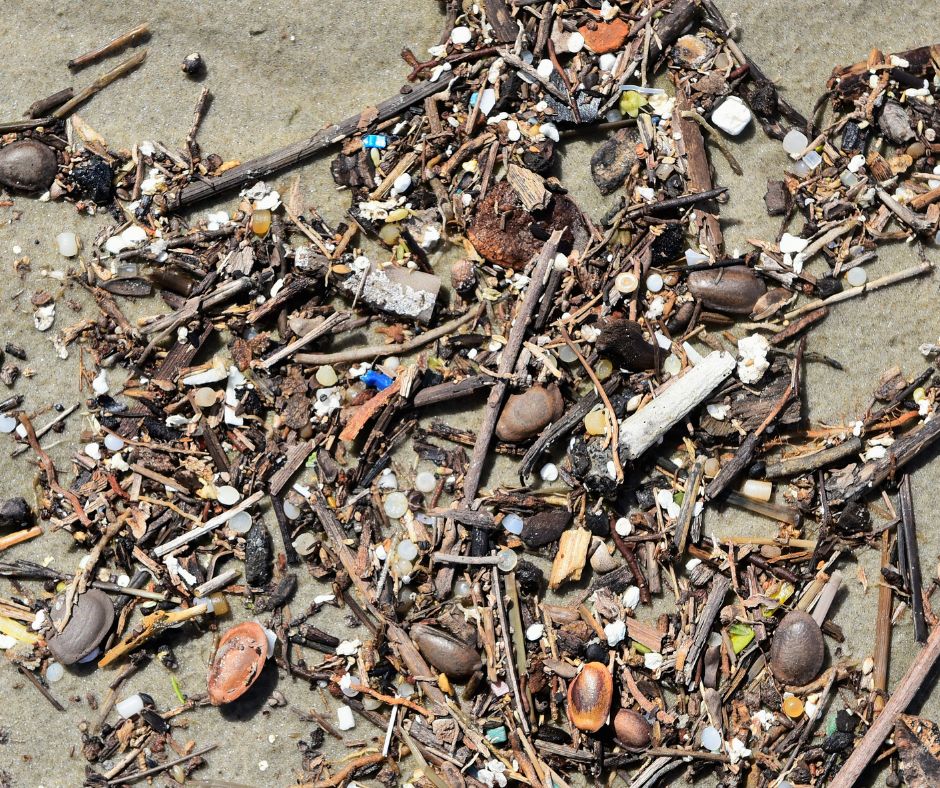Plastic products have become an important part of modern life because they can be used in many ways in agriculture, construction, manufacturing, and more. Plastic is an important part of modern life and can be found in almost every part of our lives.
However, this widespread use has led to the generation of microplastic which is a significant challenge. These tiny plastic particles, less than 5 mm in size, pose a grave threat to both our environment and our health.

There are two main types of microplastics – primary microplastics and secondary microplastics.
Primary microplastics are made to be very small on purpose so that they can be used in many industrial settings such as synthetic fabrics, personal care products with microbeads, and the production of pre-production plastic pellets.
Secondary microplastics, on the other hand, are made when bigger pieces of plastic break down or wear away. These can be packages, bottles, agricultural film, tyres, marine paints, and fake grass.
This creates a wide variety of sources from which microplastics are released into the environment.
Microplastics have become more common in the environment over the past few years, and it is expected to continue as reflected in the rise of global plastic production.
Microplastics pose significant health risks to humans as they get in through ingestion and inhalation routes. Ingested microplastics can enter the body via contaminated soil, dust, food, and water, with the potential to accumulate in various organs and tissues.
Studies have detected microplastics in biological samples like faeces, blood, and saliva, indicating their presence in the human digestive system.
Beverages and drinking water are significant pathways for microplastic ingestion, with humans estimated to consume thousands of particles annually.
Inhalation is another route of exposure to microplastics, with indoor and outdoor environments both contributing to atmospheric microplastic concentrations.

Studies have detected microplastics in human lungs. Microplastics’ size, shape, and flow rate influence their deposition pattern in the respiratory tract, with potential health risks including respiratory diseases and carcinogenesis.
Microplastics in the atmosphere disrupt the environment by building up in water, soil, and sediments. They change the quality of the water, and the way ecosystems work, and they put animals’ and people’s health at risk.
These effects are made worse by microplastics’ ability to absorb dangerous pollutants. This changes biodiversity, habitat loss, trophic transfer, and ecological balance.
We need better ways to detect and monitor them in our environment, using technologies and methods to track their spread. Removing microplastics from our air and water is essential.
Nature-based solutions, such as using natural materials to filter them out, could be part of the answer. Policies that encourage recycling and reduce plastic use are also crucial. Raising awareness is key to managing microplastics effectively.
By educating the public about the problem and inspiring action, we can work together to protect our planet and ourselves from the harmful effects of atmospheric microplastics.
Getting rid of microplastics in the atmosphere needs everyone to work together, including governments, businesses, universities, and the public.
We can lessen the damage that microplastic pollution in the air does to people and the environment by putting in place complete plans that include finding them, reducing their number, managing waste, changing the law, and getting people involved.
We can take care of and protect our MOTHER EARTH for future generations if we all work together.

Author: Sunway University School of American Education’s Associate Professor Ir Ts Dr Dewika Naidu
Read more:



